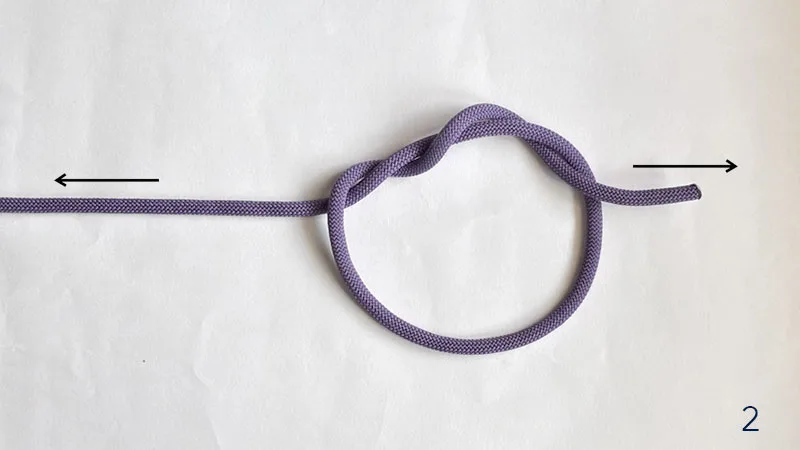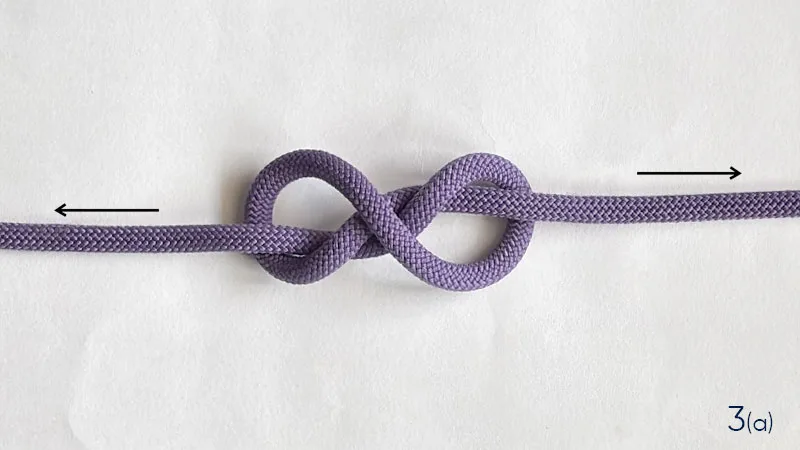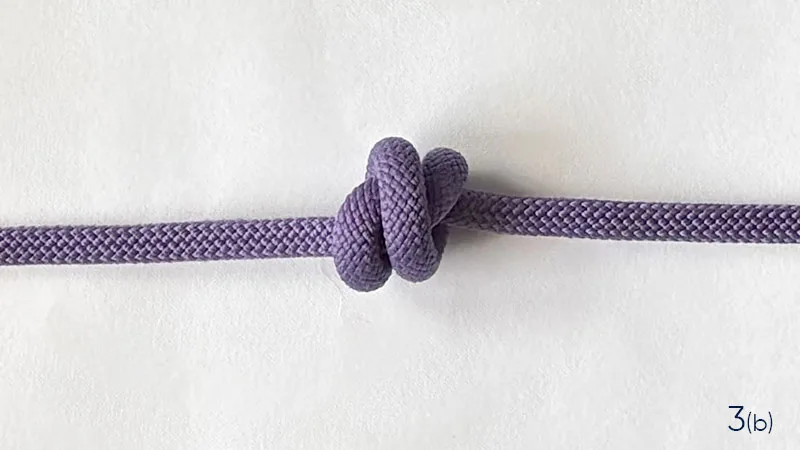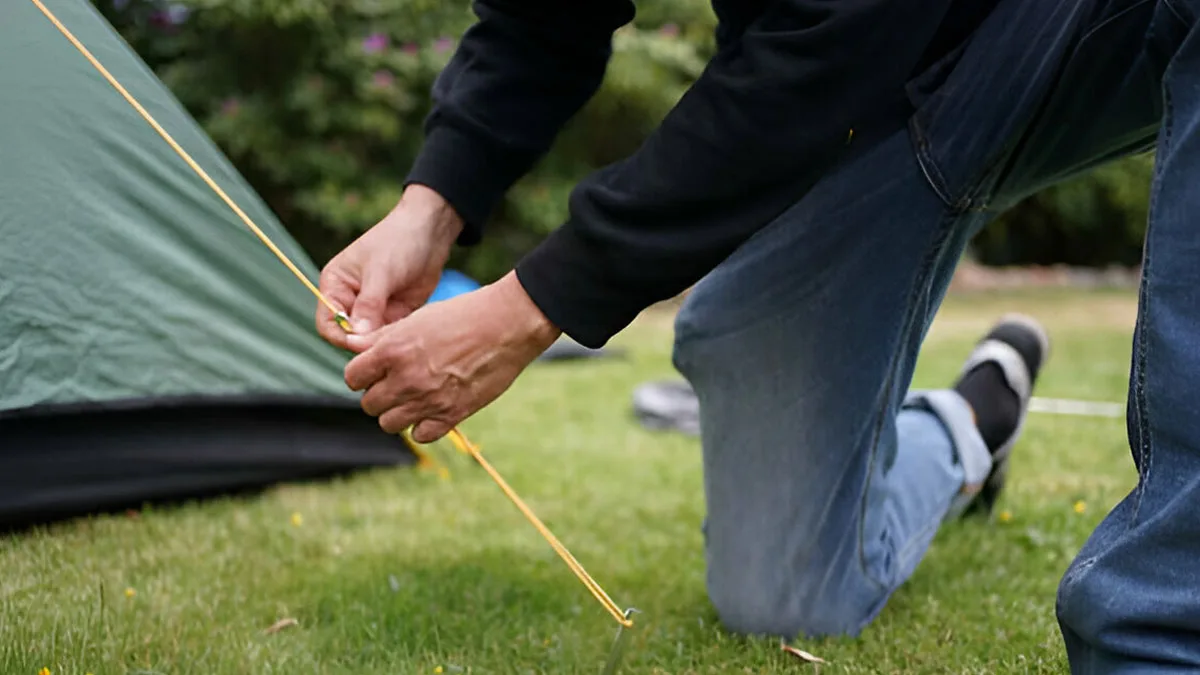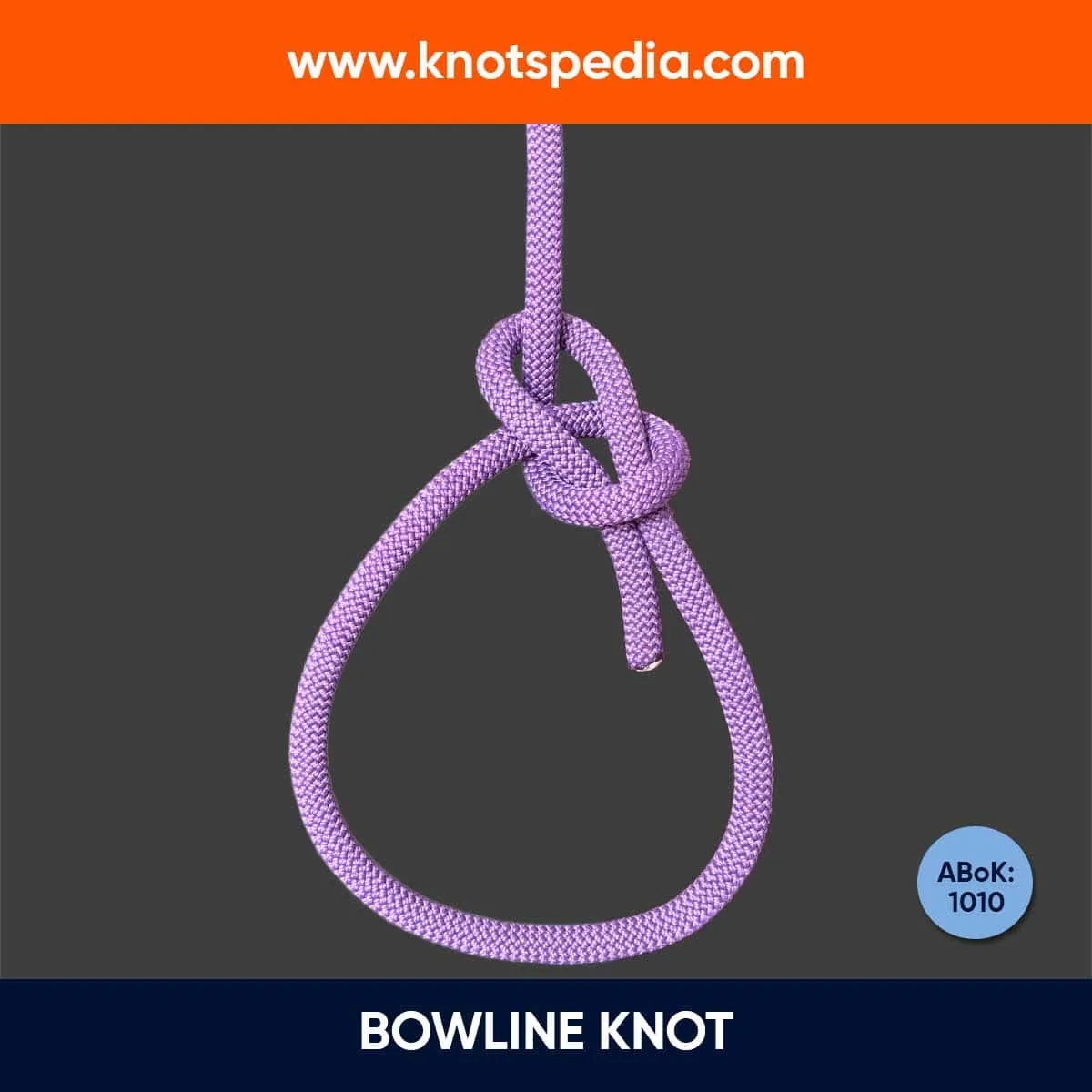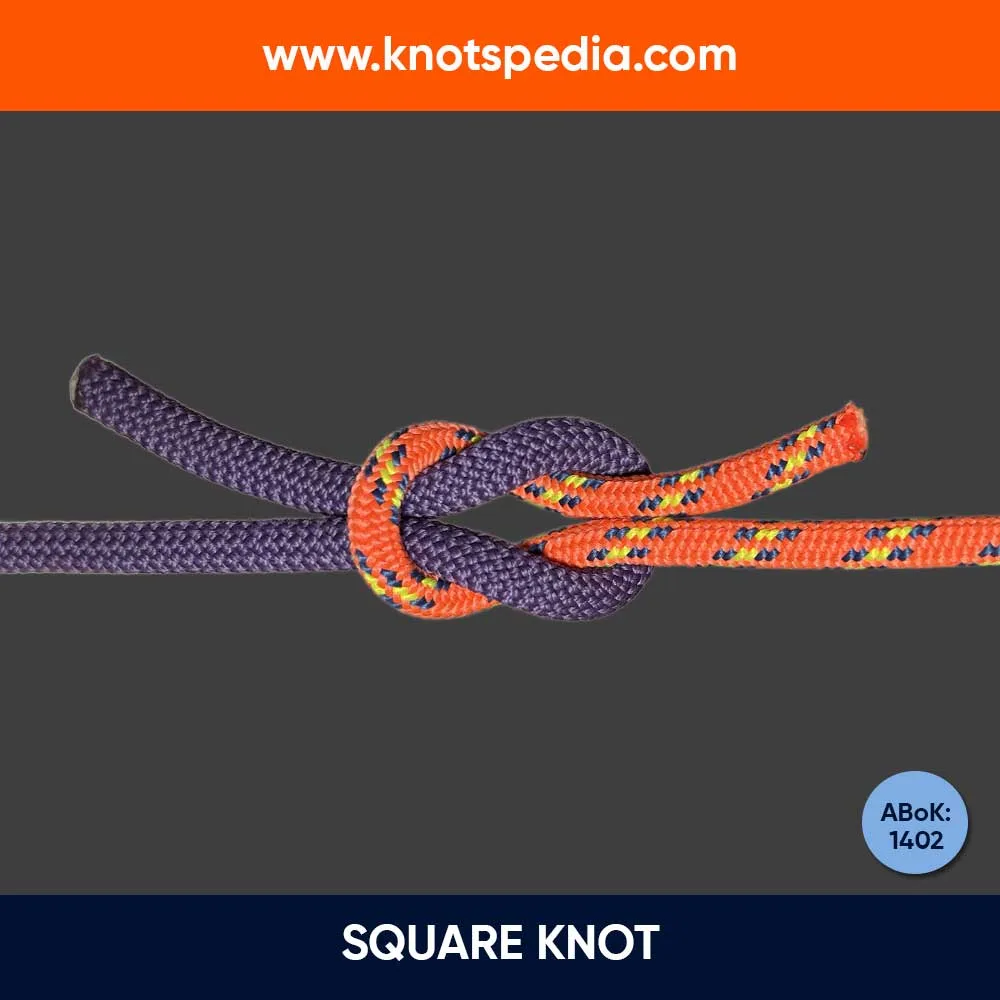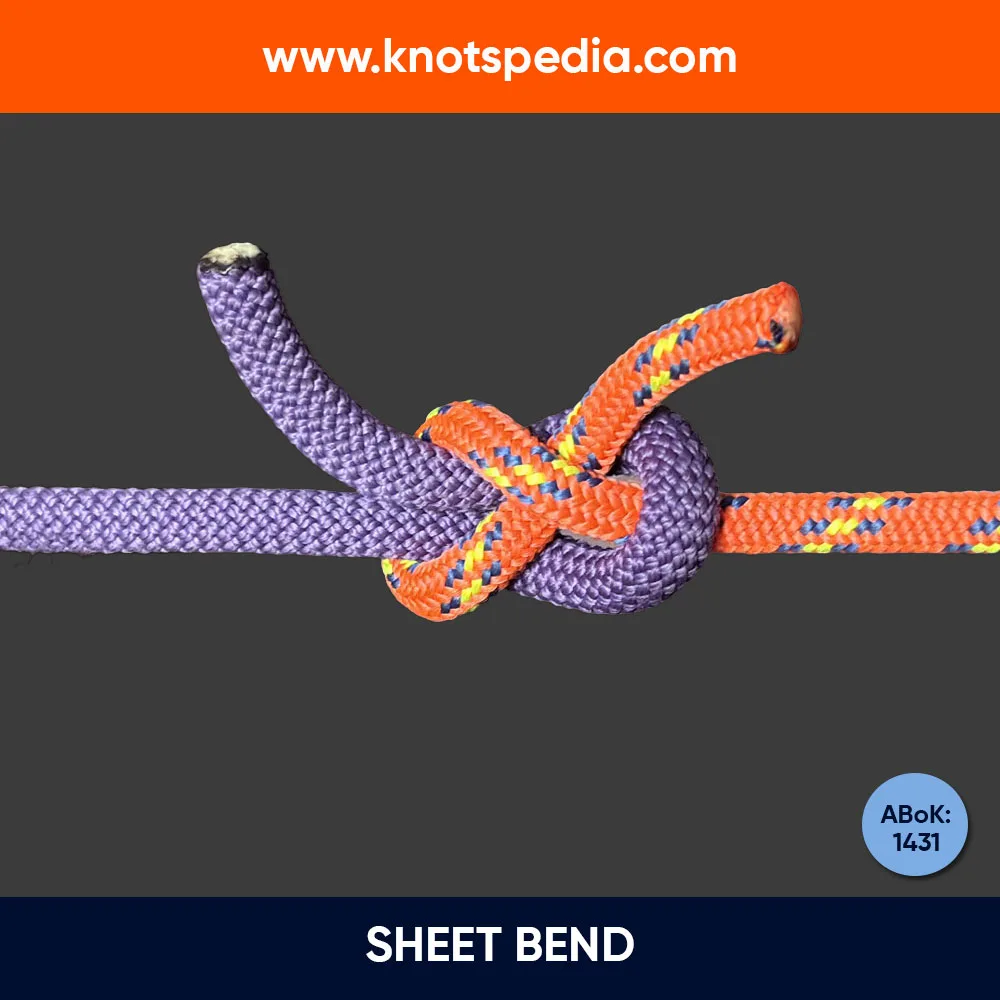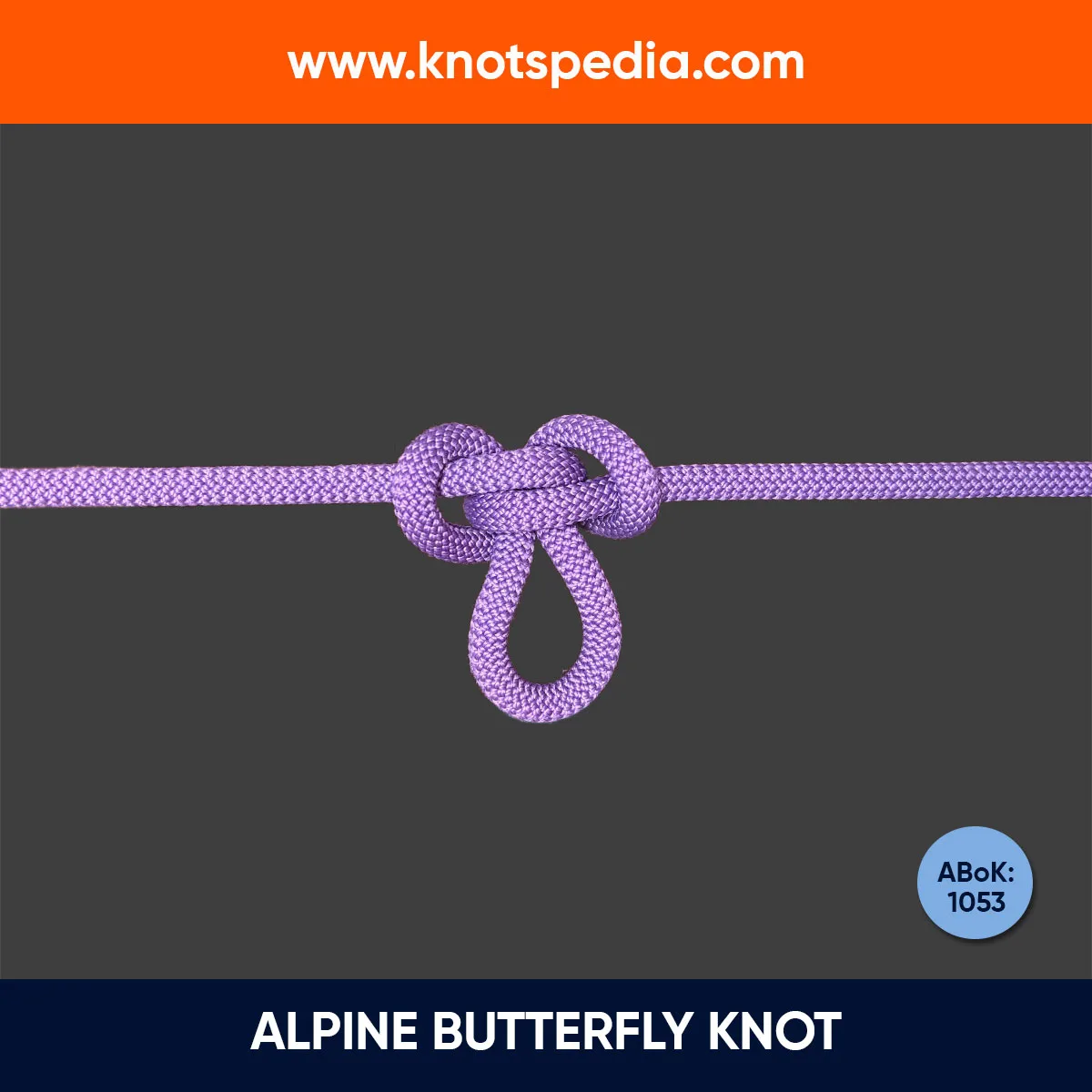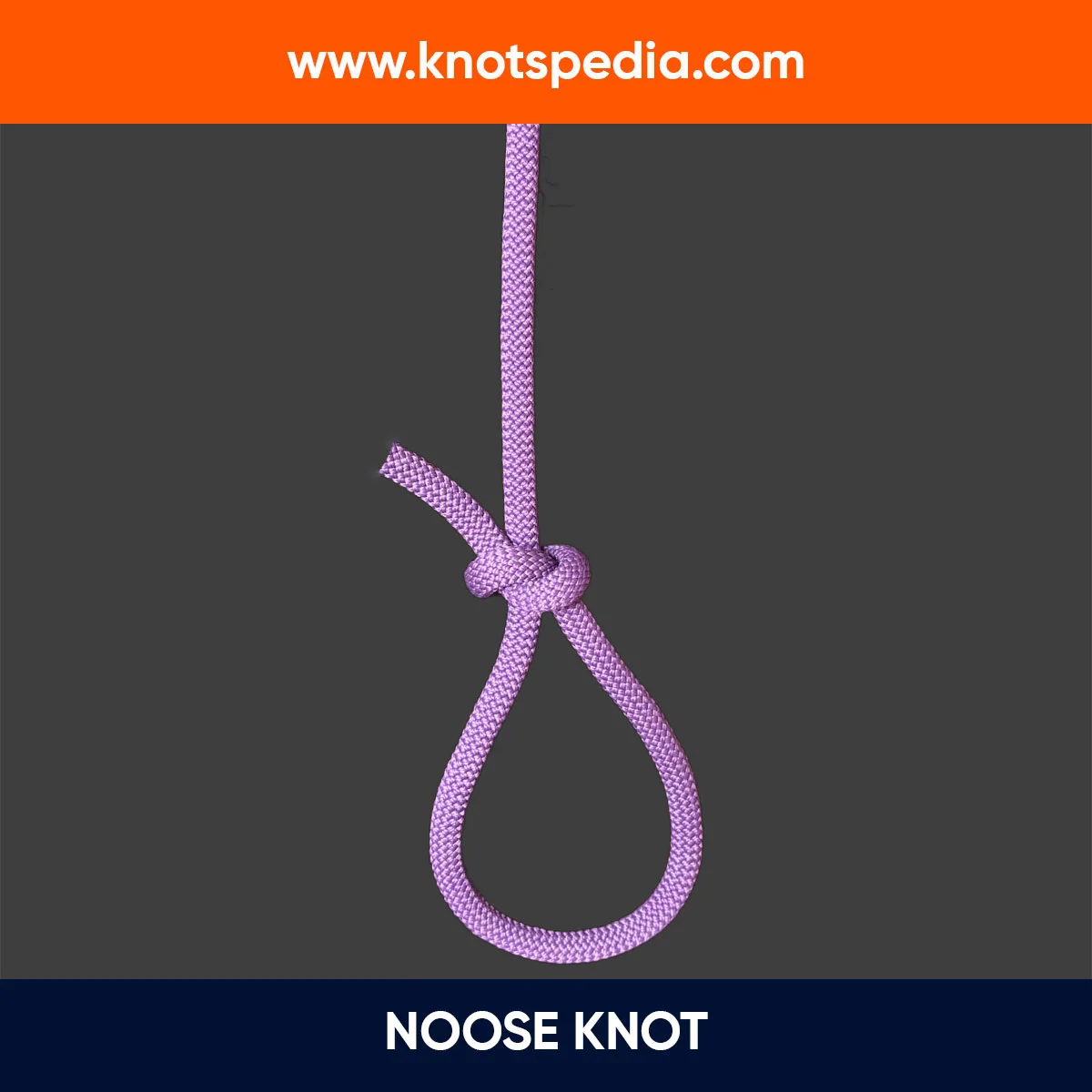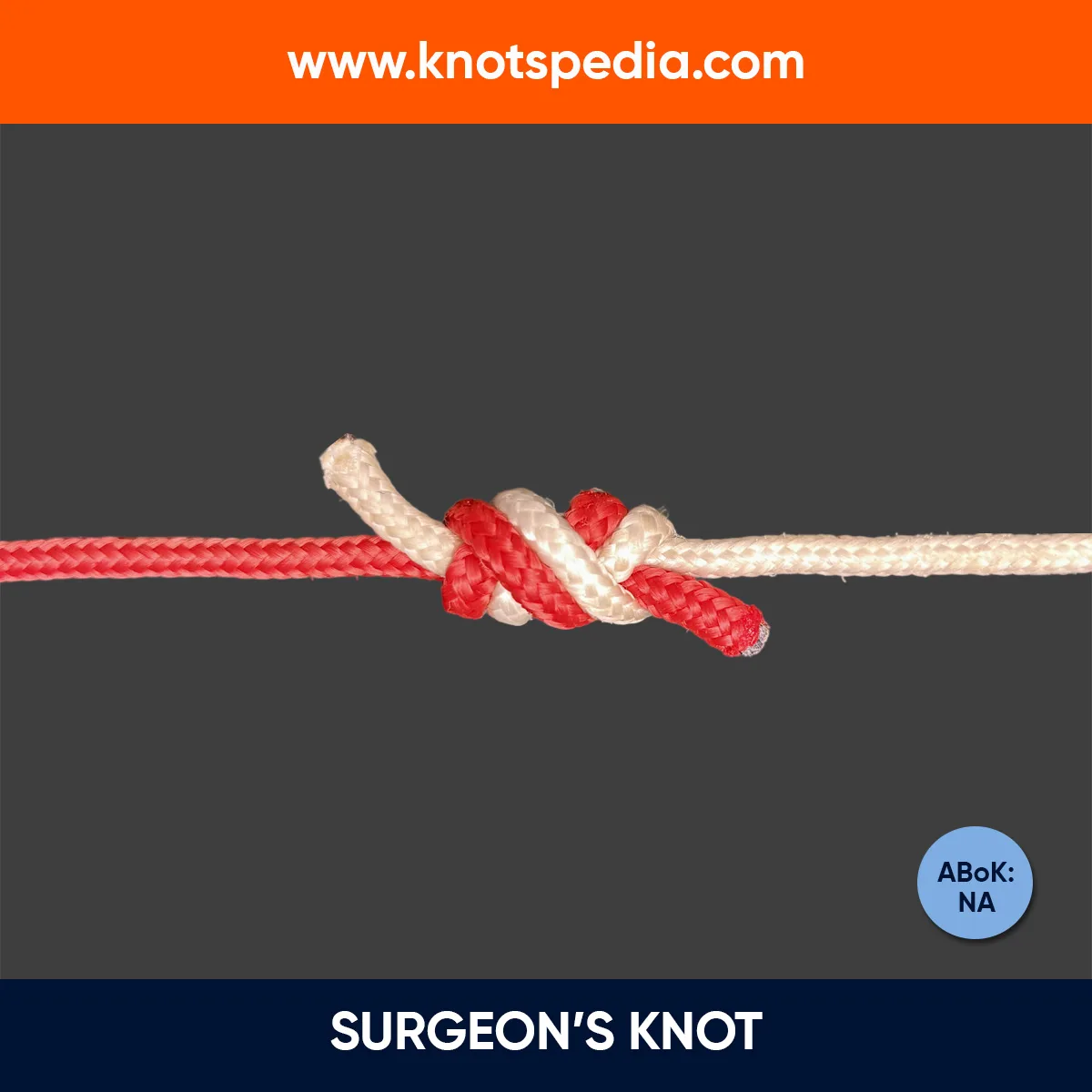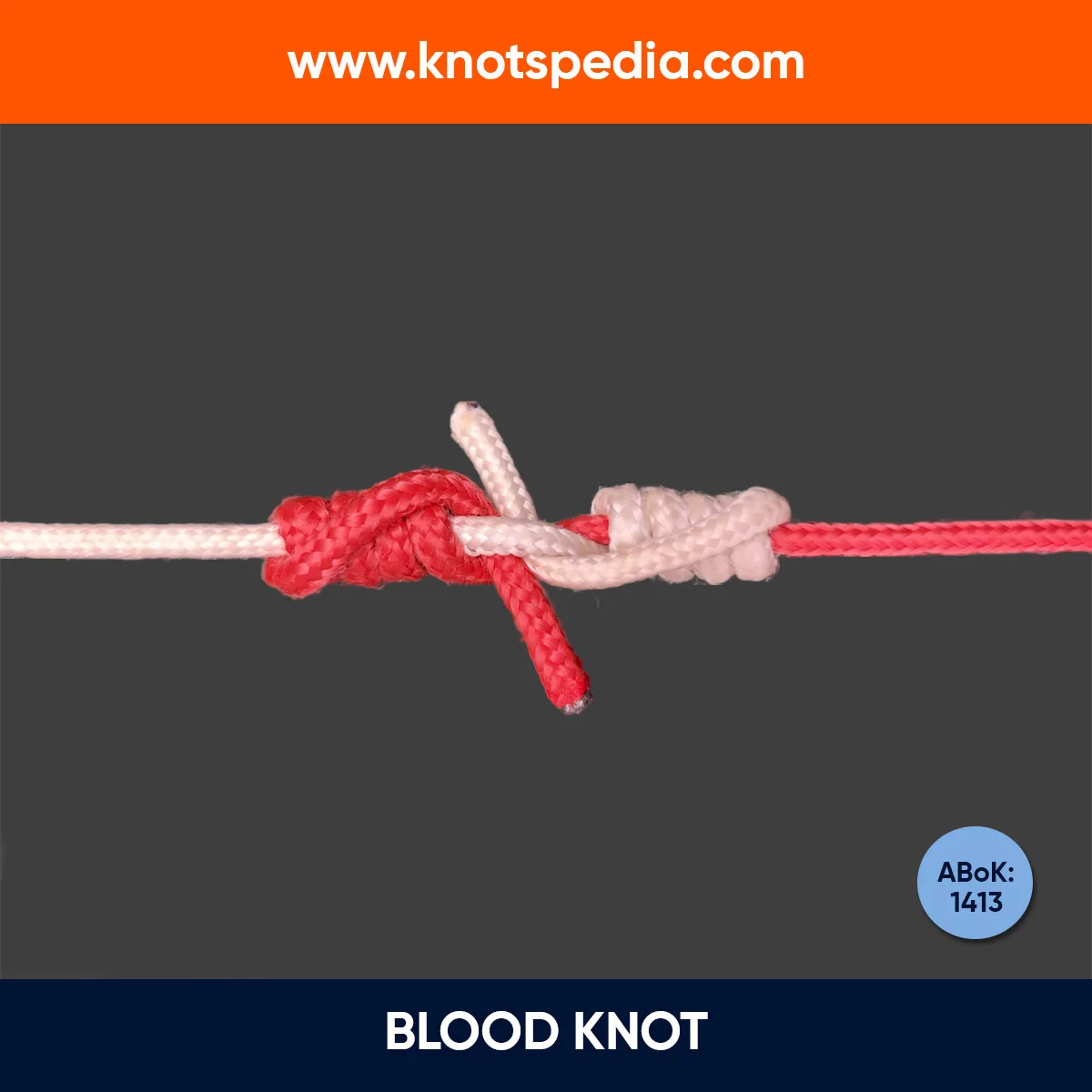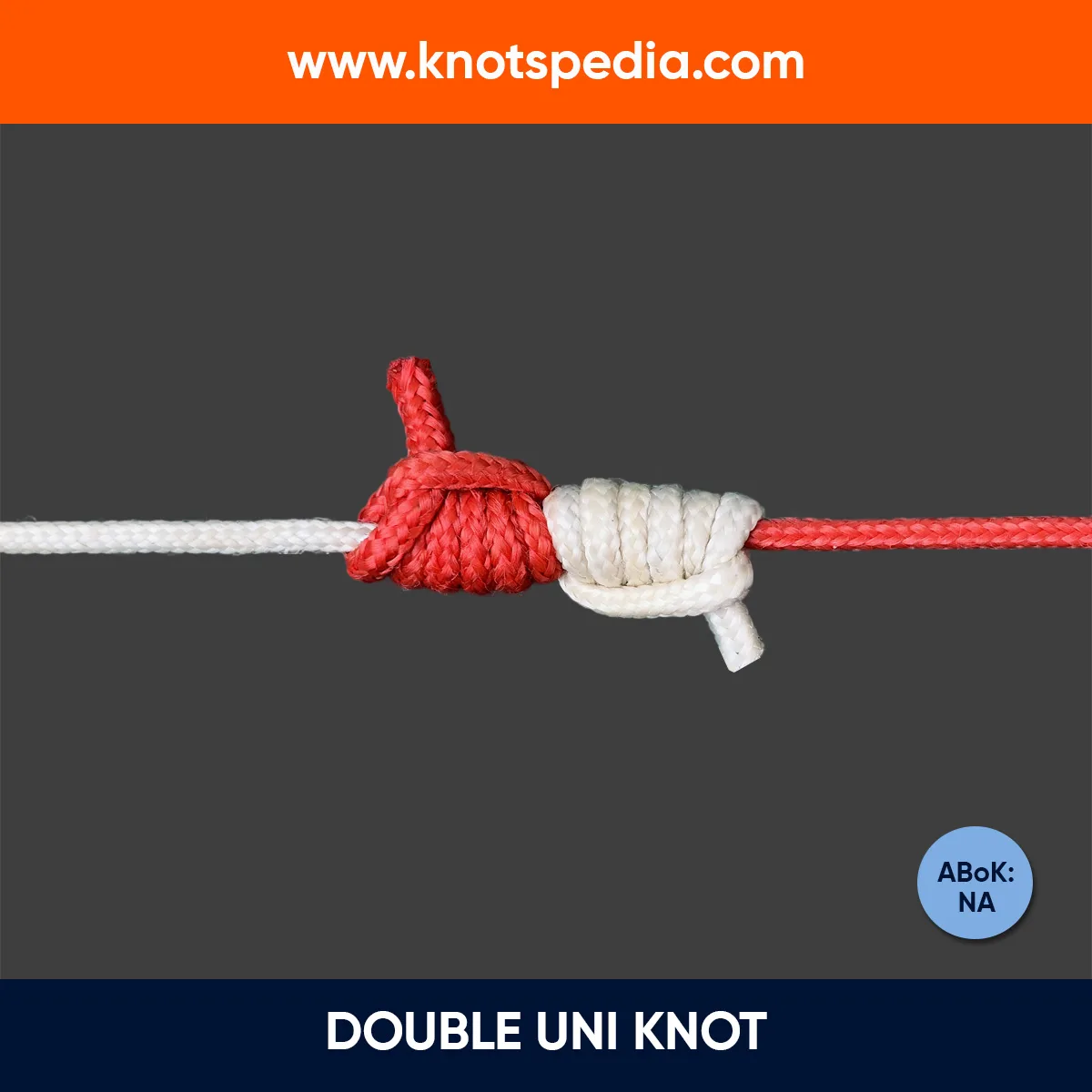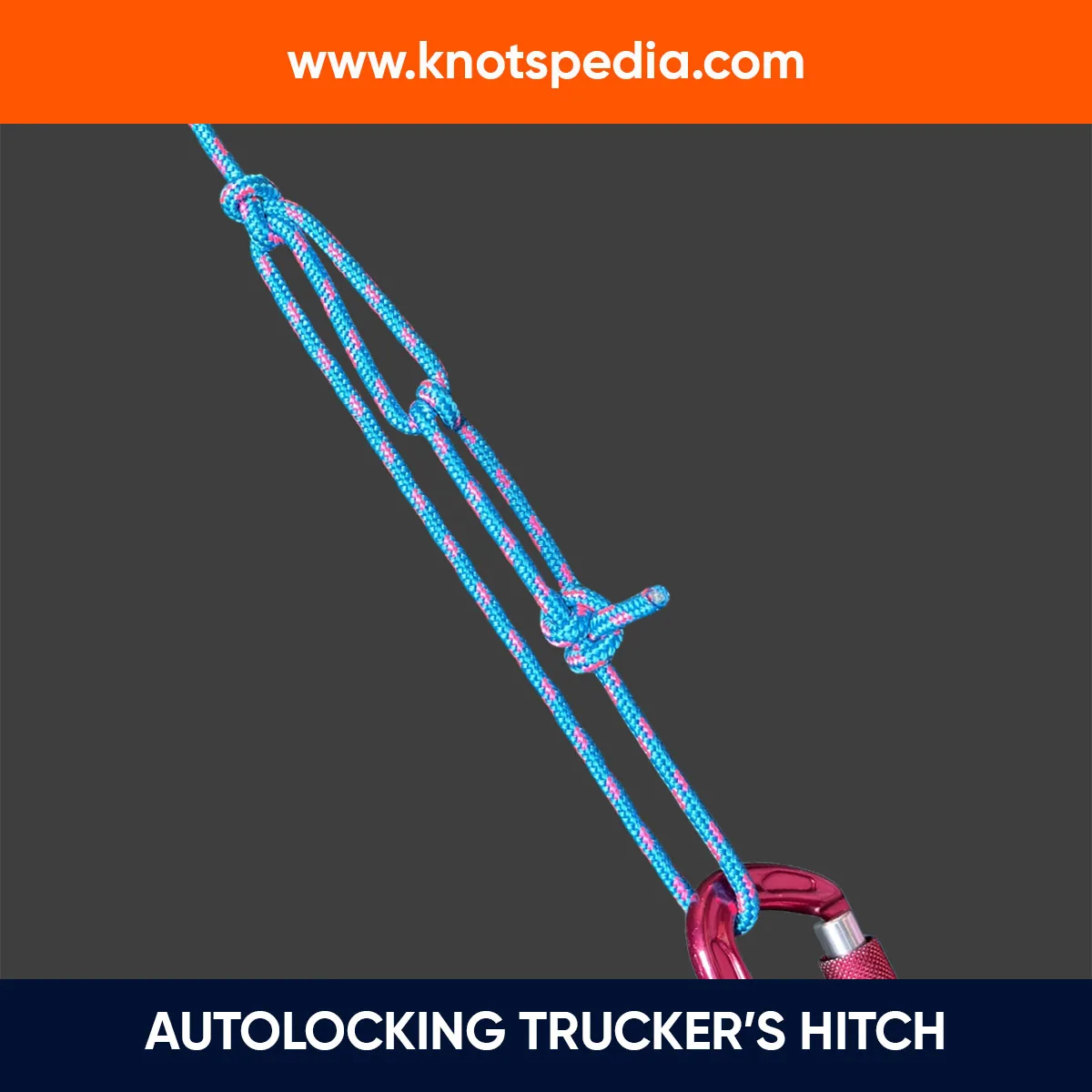The Double Overhand knot is a medium-sized stopper knot.
It is based on the Overhand knot where the working end is passed through the loop twice before the knot is tightened.
Let’s learn this knot in detail.
Double Overhand Knot Details
Type: Stopper knot
Other Names: Barrel Knot, Blood knot
ABoK Reference: #516
How to Tie Double Overhand Knot
Method 1
- Make an overhand knot at the end of the rope.
- Pass the working end through the loop.
- Tighten the knot.
Note: Leave at least a 2-3 inch tail sticking out of the knot.
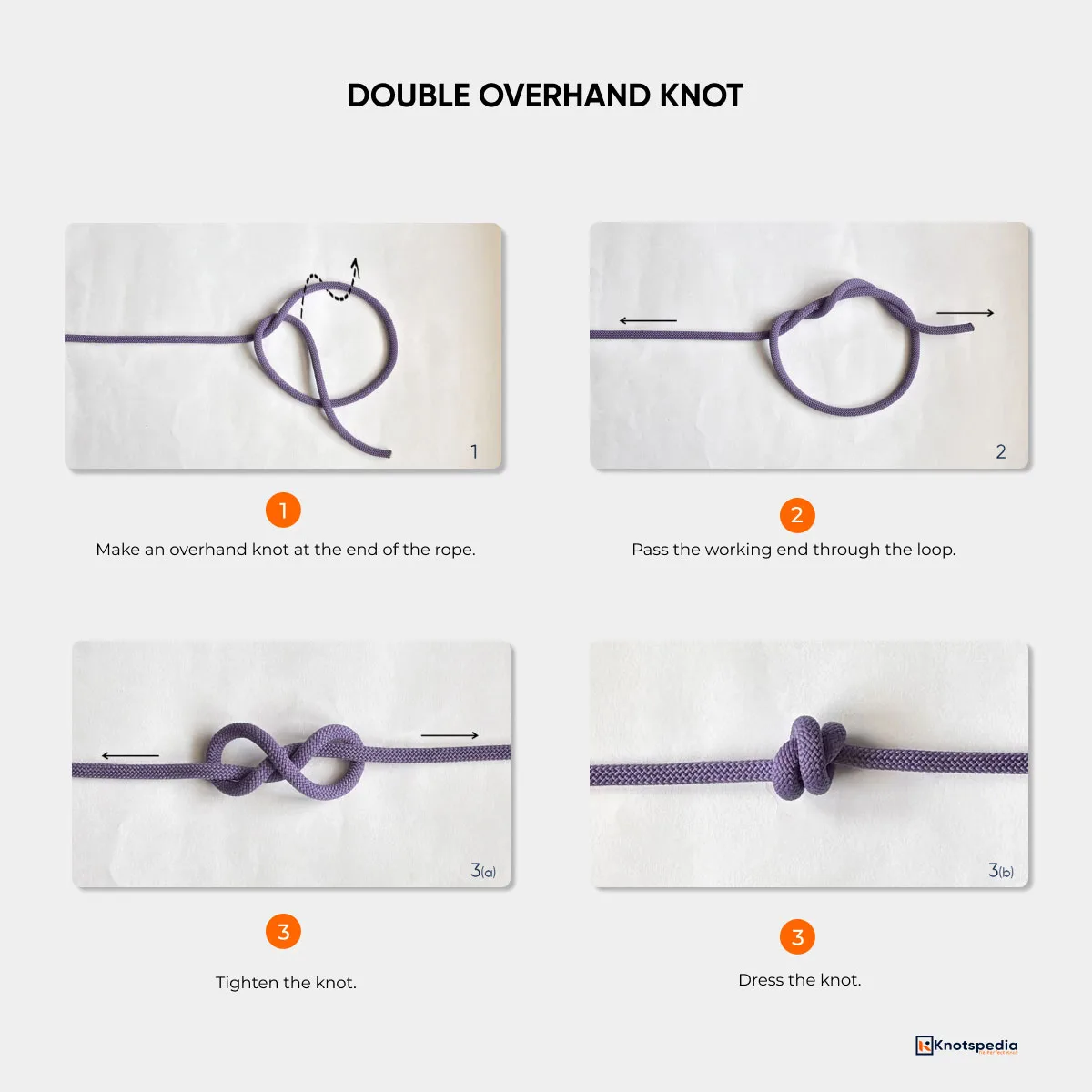
Method 2
This is another way of tying this knot used in climbing especially for tying a backup knot (known as the double strangle knot).
Wrap the end of the rope around the thumb. Do it one more time to form an “X” shape on top of your thumb.
Take your thumb out and pass the end through both loops.
Finally, dress the knot.
You have tied this knot correctly if you see an “X” on one side and parallel lines on the other.
Need a bulky stopper knot? Loop the tag end as many times as you need. You can go for a triple, quadruple or even more. But anything beyond a threefold is going to be very difficult for the dressing.
Pros & Cons
- Easy to tie.
- Medium-sized stopper.
- Can jam.
- Difficult to untie.
Applications and Uses
The Double Overhand Knot is the foundation for knots like:
Surgeon’s Knot
The Surgeon’s knot is used to join the two fishing lines (tippet to a leader).
It is tied with the help of two Overhand knots.
Figure 8 Follow Through Loop
The half of Double Fisherman’s knot is used as a stopper at the end of the Figure 8 Follow through loop to prevent the belay device from slipping.
Figure 8 Bend
The Figure 8 bend is used to join two ropes.
The Double Overhand knot is tied around the standing ends of the rope to increase the security of the Figure 8 bend.
Bowline Knot
The Bowline knot tends to come loose when not under load.
To solve this problem, tie a Double Overhand knot around the loop of the Bowline.
Double Fisherman’s Knot
The Double Fisherman’s knot is one of the strongest bend knots for connecting two ropes together.
It’s actually the two Double Overhand knots tied around the standing end of the other ropes.
When it slides together, it forms a bend knot.
Other Stopper Knots
Overhand Knot
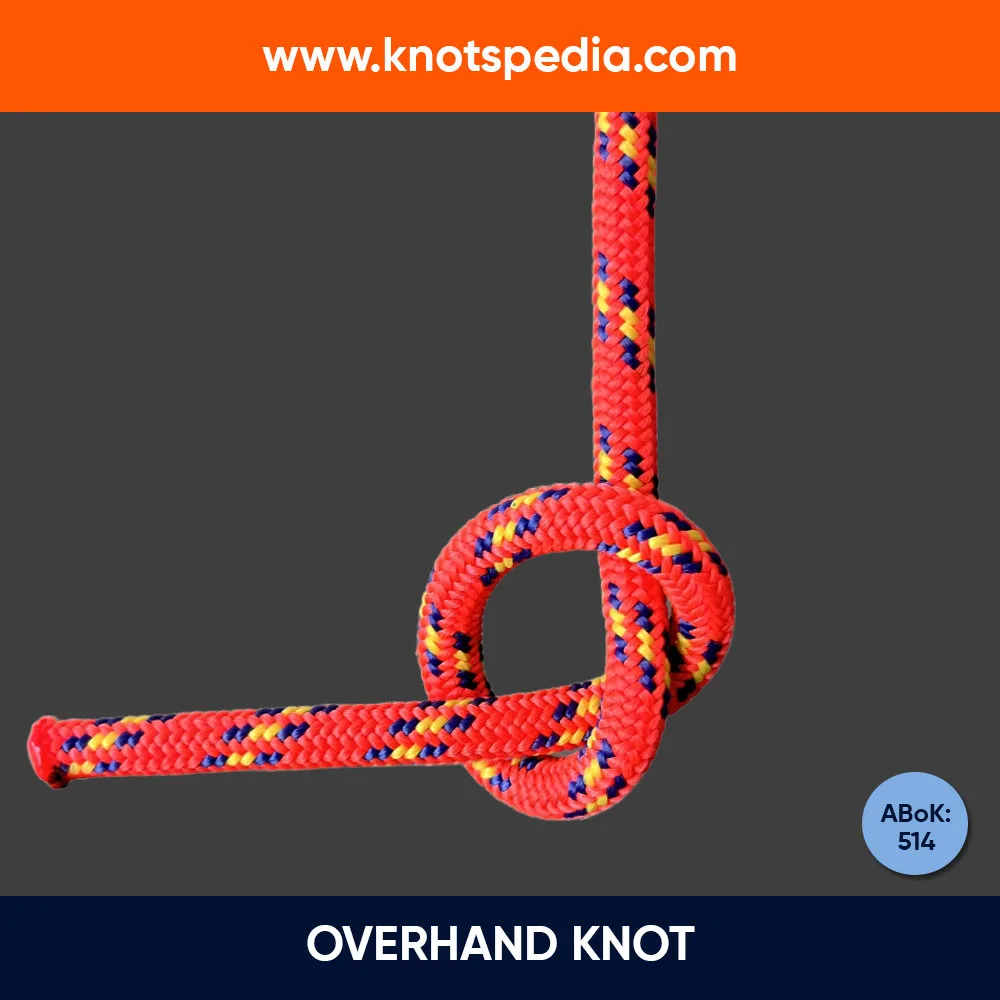
Overhand knot is a small stopper knot tied at the end of the rope to prevent the rope from slipping through a small hole or a grommet.
It’s a building block of many knots including the Double overhand knot.
Figure 8 Knot
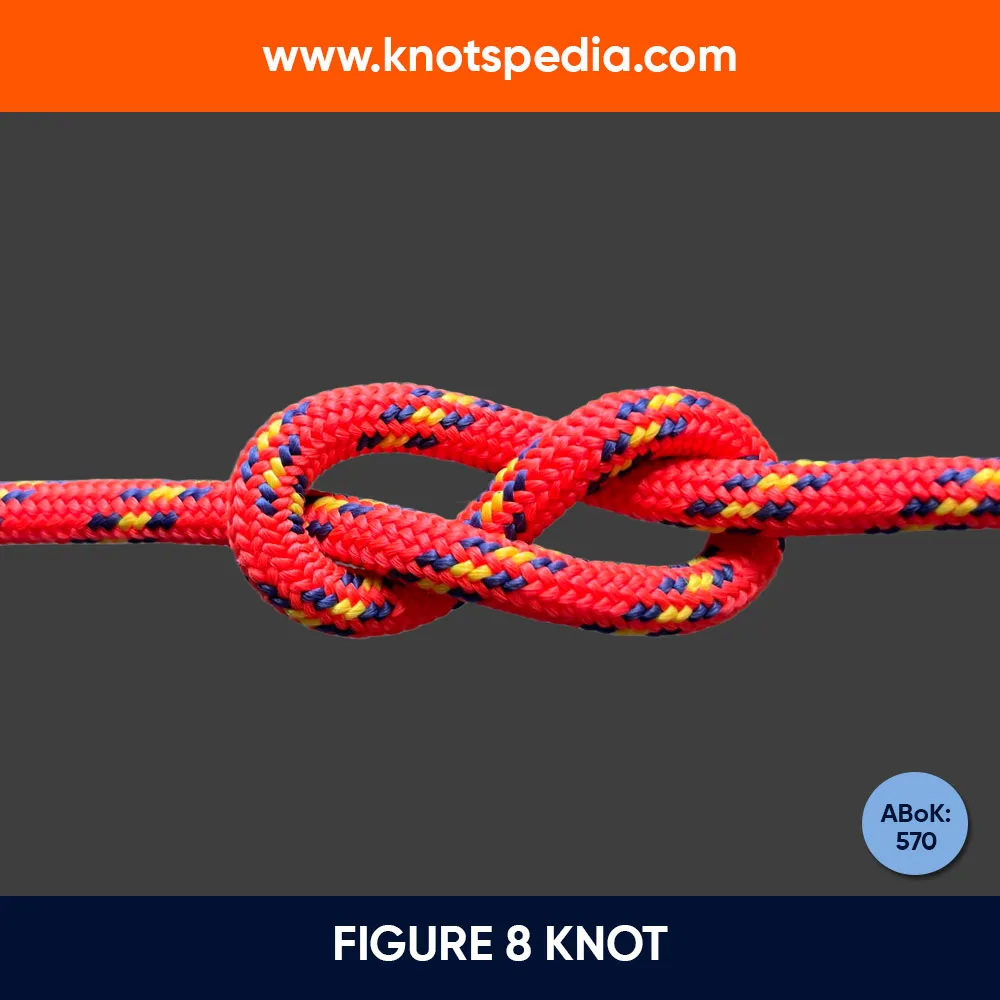
Figure 8 knot is better than the simple Overhand knot.
This can come undone when there is dynamic tension on the rope.
Related Article: You have been tying the figure 8 knot WRONG!
Stevedore Knot

Stevedore Knot is an extension of the simple Figure 8 knot.
It’s a medium-sized secure stopper knot used at sea and cargo handling works.
Ashley’s Stopper
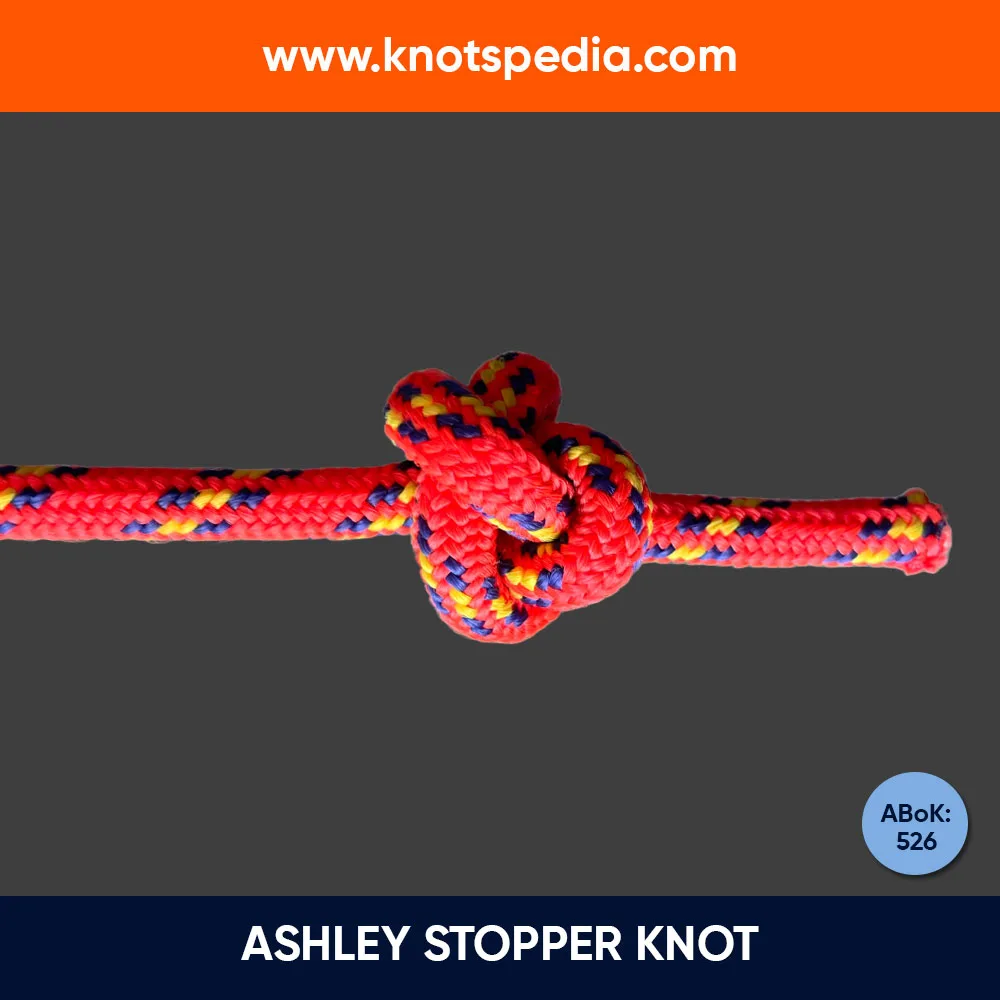
Ashley’s stopper knot is a bulky and reliable knot tied at the end of the rope.
The knot won’t come loose easily but is difficult to learn for beginners.
EStar Stopper Knot
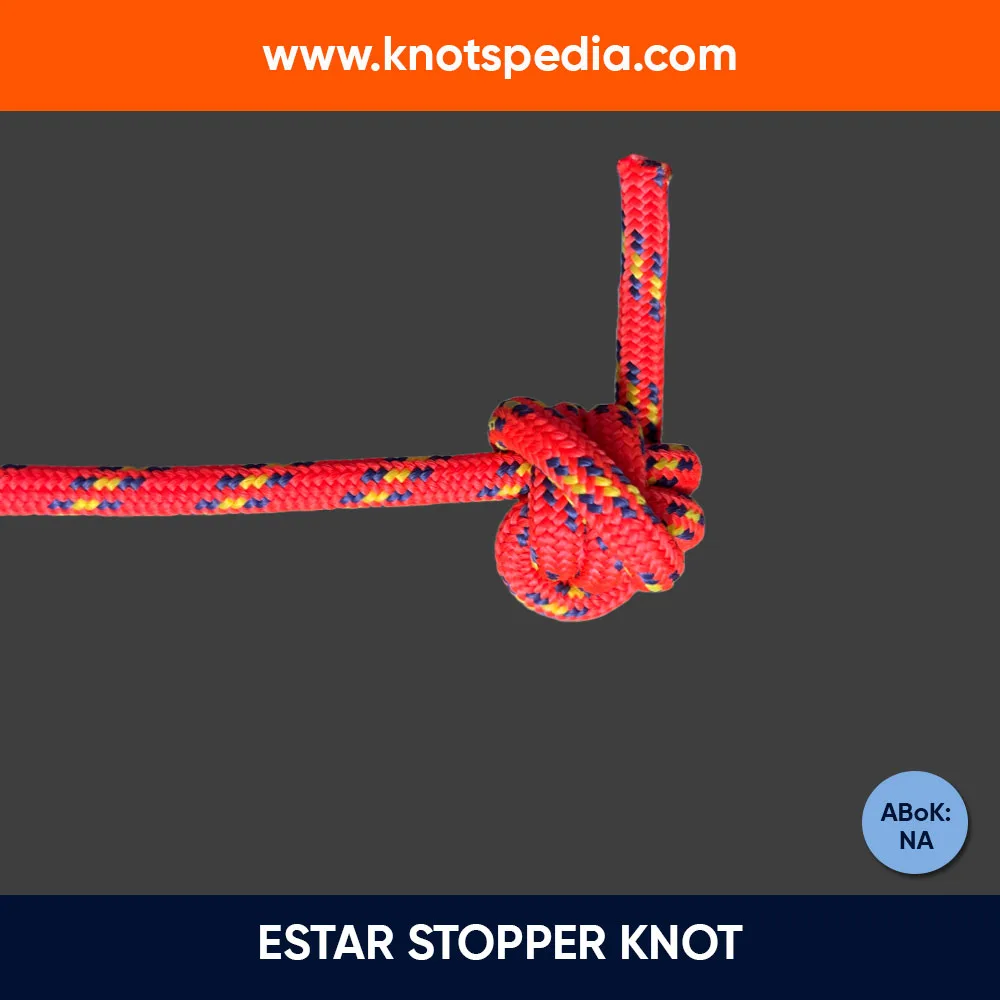
EStar stopper knot is a heavy stopper knot that is useful for slippery ropes like Dyneema.
It’s difficult to tie than Ashley’s stopper knot.
Did you find the article helpful? Please write us in the comments!

